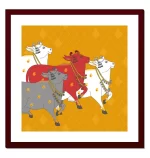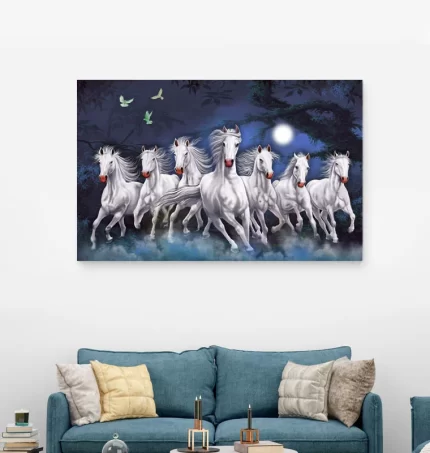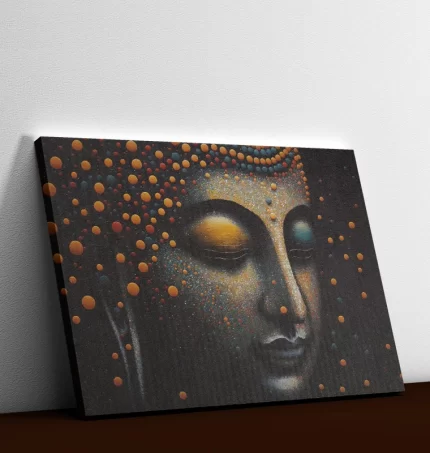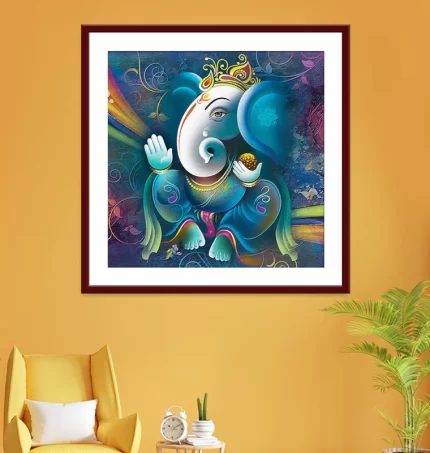

Shipping
Artbellz offer free shipping on all orders delivered within India. For international orders, a shipping fee of $20 will be added to the order total at the time of checkout.
We take great care in packaging your artwork to ensure its safe and secure delivery. Each artwork is carefully wrapped in bubble sheet to protect it from any potential damage during transit .The wrapped artwork is then placed in a sturdy corrugated box, providing additional protection against external impact. Our dedicated team ensures that your artwork is packaged with utmost care and attention to detail.
Delivery
- The delivery time may vary depending on the shipping destination and the availability of the artwork.
- For domestic orders within India, you can expect your artwork to be delivered within 4 -7 business days from the date of dispatch.
- For international orders, the delivery time may range from 10-15 business days, depending on the destination and customs clearance processes.























Reviews
There are no reviews yet.